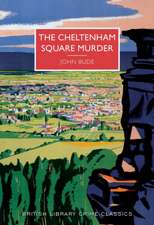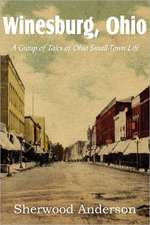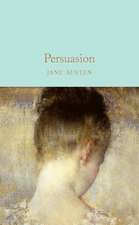Pierre or the Ambiguities
Autor Herman Melvilleen Limba Engleză Paperback – 31 ian 2014
Preț: 124.48 lei
Nou
Puncte Express: 187
Preț estimativ în valută:
23.82€ • 24.94$ • 19.71£
23.82€ • 24.94$ • 19.71£
Carte tipărită la comandă
Livrare economică 05-19 aprilie
Preluare comenzi: 021 569.72.76
Specificații
ISBN-13: 9781483703930
ISBN-10: 1483703932
Pagini: 246
Dimensiuni: 191 x 235 x 13 mm
Greutate: 0.43 kg
Editura: Bottom of the Hill Publishing
ISBN-10: 1483703932
Pagini: 246
Dimensiuni: 191 x 235 x 13 mm
Greutate: 0.43 kg
Editura: Bottom of the Hill Publishing
Notă biografică
Herman Melville (1819 - 1891) was an American novelist, short story writer and poet of the American Renaissance period. His best known works include Typee (1846), a romantic account of his experiences in Polynesian life and his whaling novel Moby-Dick (1851). His work was almost forgotten during his last thirty years. Herman Melville's writing draws on his experience at sea as a common sailor, exploration of literature and philosophy and engagement in the contradictions of American society in a period of rapid change. He developed a complex, baroque style: the vocabulary is rich and original, a strong sense of rhythm infuses the elaborate sentences, the imagery is often mystical or ironic and the abundance of allusion extends to scripture, myth, philosophy, literature and the visual arts.



















